 |
surfresearch.com.au
mctavish : streaks
and slugs, 1970
|
SURFER tips
NUMBER FORTY FIVE
STREAKS AND SLUGS
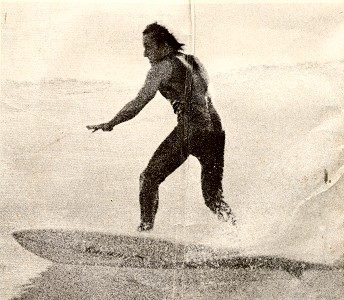
by Bob McTavish
| home | catalogue | history | references | appendix |
 |
surfresearch.com.au
mctavish : streaks
and slugs, 1970
|

|
Surfer Volume 11 Number 2 May 1970. First Annual End of the World Issue Tips : Number Forty Five STREAKS AND SLUGS by Bob McTavish . Photograph : Uncredited. Cover
photograph, image right: |
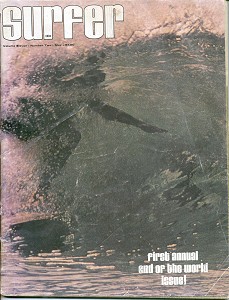 |
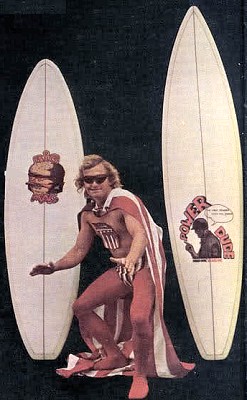 A short Slug and a long
Streak.
|
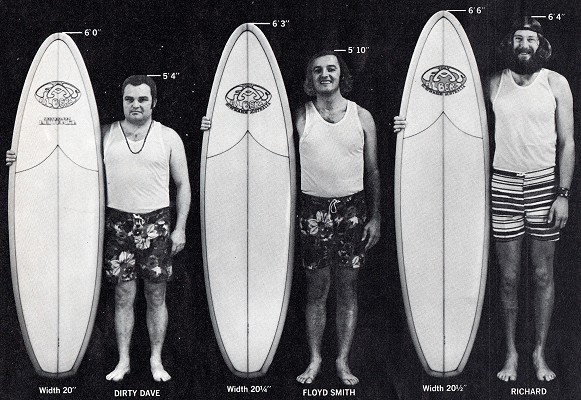 Fat Albert by Surfboard's
Australia, San Diego, March 1970.
A similar template to McTavish's Big Mac. |
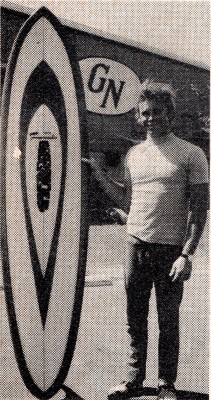 Johnny Fain's Formula for
Greg Noll, March 1970. |
Toward Unencumbered Flight: Knee-boards, Spoons & Paipos.
The New Adam: Merv Lason and his Wave ski, 6 pages
Waves and the Silent World: Jacques Cousteau: .,4pages
Advertisements:
Greg Noll S/b
with Fain Formula 2?,Hansen S/b with Lopez, Hobie S/b with
Micky Munoz, Bing S/b Maui Foil.

| home | catalogue | history | references | appendix |